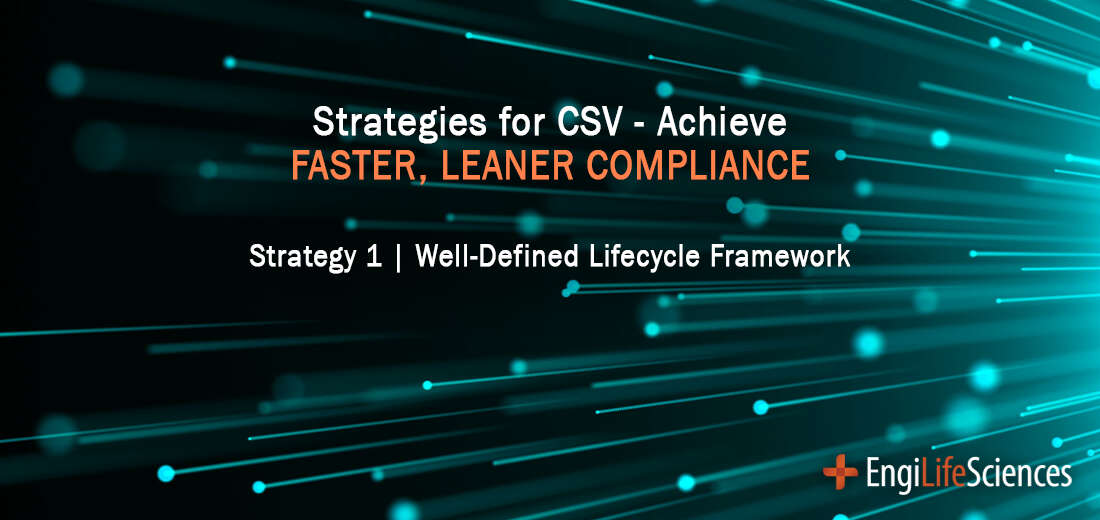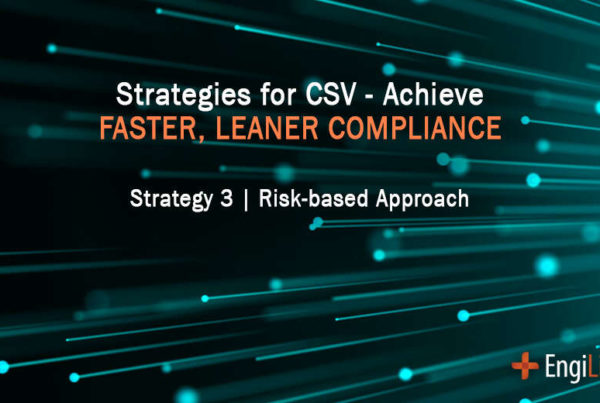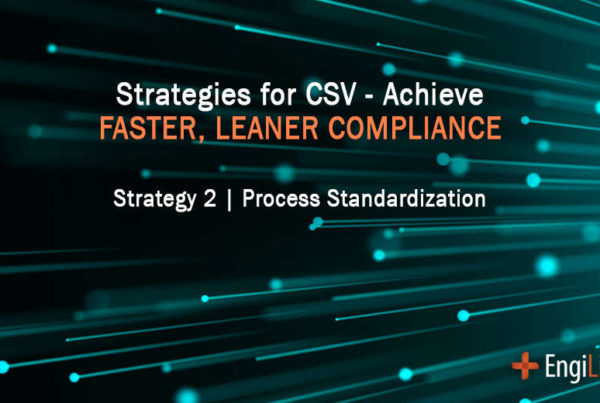A well-defined Lifecycle Framework strategy is designed to create a uniform approach throughout the entire organization. The benefit of having a uniform approach reduces the amount of rework that will occur during every project execution. The better defined the Lifecycle Framework becomes the less rework occurs in defining the same processes over and over. When an organization has procedural requirements that are interpreted differently, ambiguity is created. This is often seen in organizations that have high level procedures. Significant time is spent in every program and project where the wheel is reinvented every time. This alone can add an additional 5-10% overhead.
It is critical to define and integrate all activities and deliverables. As the activities progress throughout the lifecycle, it is key to integrate the validation activities throughout this framework. Often times, development and validation teams are in silos (vs. integrated), which creates rework in order to be compliant. Teams cannot deliver the appropriate deliverable if the framework is not well defined. When a process is well-defined, and everyone is trained, the execution goes much smoother and faster, significantly reducing cycle time.
Lifecycle Framework establishes specific activity requirements to be followed. It is often not clear when or how a specific deliverable needs to be developed. There is time wasted during the handoffs within the team due to it not being well understood by the entire program. Too often than not, it takes double the resources to rework everything because specific activity requirements are not well-defined. This puts the project at risk.
The Lifecycle Framework strategies can be commonly referred to as the V Model, Waterfall, Agile, Iterative and others. The goal is to build a well-defined and integrated framework that drives the Who, When and How. This establishes a cost-effective framework. The challenge is that most organizations lack a well-defined and integrated framework due to lack of lifecycle maturity.
Before Lifecycle Framework
- Activities and tasks are not well organized and create inefficiencies
- Processes are not executed properly and negatively impact deliverables
- The How, When and Where are not clearly defined and causes cycle
time delays - Handoff of deliverables are not clearly understood by the team
- Post deployment defects occur
After Lifecycle Framework
- Key inputs and outputs from each phase are clearly defined
- Defects are removed as early as possible
- Systematic structure organizes the activities, which allows for cost-efficient, effective and high quality process output
- The Who, When and How are defined and provide clarity, transparency and repeatable processes
A well-defined Lifecycle Framework ensures efficient and constant outcomes. To learn more about the proven methods EngiLifeSciences employs to help your organization achieve faster, leaner compliance, read the other parts in our series – Strategies for CSV – Faster, Leaner Compliance.




